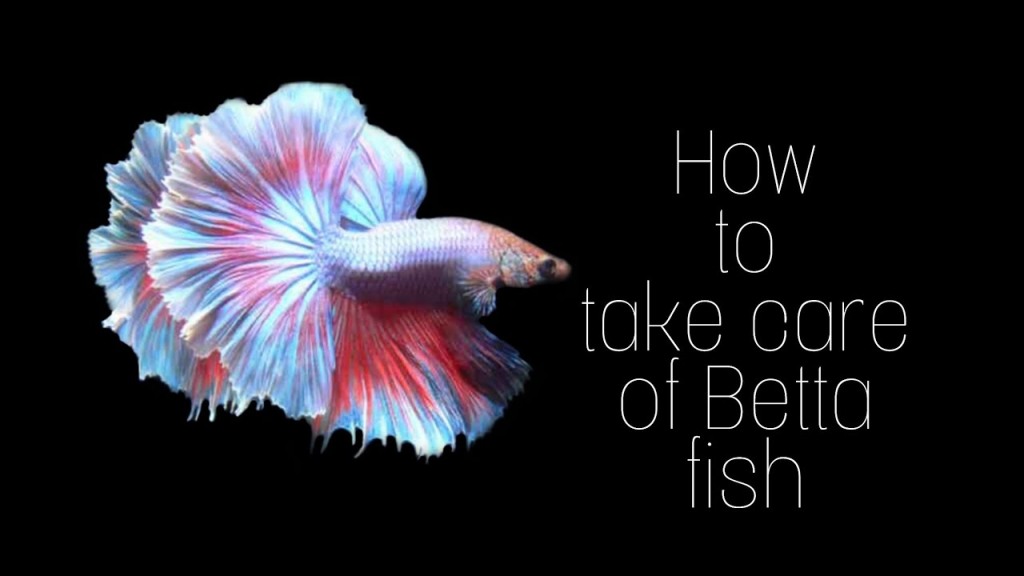
It always makes me sad to see a betta fish (Siamese fighting fish) in a tiny cup or bowl. Stores sell them this way because they can obtain oxygen from the air as well as the water and because they can become stressed and aggressive when housed with other fish. But when you get them home, they should be moved to a tank with plenty of room to swim freely. Many people buy betta’s with little understanding of how to care for them.
Betta History
Betta fish are originally from Thailand. In the wild they live in freshwater. They can be found in streams, rice paddies, marshes and other freshwater areas.
They need warm water to survive. If the water is too cold, they can become ill, stop eating or die.
Betta’s are carnivores. In the wild their diet can consist of anything small enough for them to eat such as insects, insect larvae, fish eggs, worms and other small creatures.
Wild Betta’s are smaller and less vibrantly colored, often gray, green or brown. Captive betta’s have been bred to produce a rainbow of different color variations. The males are more colorful than the females. If the male is mating or fighting their color can intensify.
Male Betta’s are naturally aggressive toward other males and they often fight with each other.
If cared for properly betta’s can live 3-5 years.
Living Environment
Ideally, they need a 10-gallon tank. Cover the tank with a lid, betta’s have been known to jump out of the water.
Since they are tropical fish, they need to be kept warm. Set the heater in the tank so that the temperature is between 76- 81 degrees F.
Install a water filter that has a gentle flow. Betta’s have delicate fins and do best in calm waters.
Betta’s like to have places to hide so the tank should include plenty of cover for them to retreat to. You can use real and fake plants, caves, driftwood and rocks. Betta’s have delicate fins, so you don’t want to use anything with sharp edges. Avoid anything with holes that they could get stuck in and if you are using plastic plants make sure the edges are soft. Don’t use painted items or anything made of metal.
If you are using tap water to fill the tank it may contain chlorine, chlormine and other harmful chemicals. Buy water conditioner and dechlorinator from the pet store and treat the water before adding fish to the tank. You should also monitor the pH levels and nitrite and nitrate Levels. Pet stores sell test strips and water treatments for fish tanks.
Living with Others
Betta’s are often aggressive and stressed when living with other fish and are fine living alone, but you can add others to the tank if it is large enough and they have places to hide. You must be sure that any aquatic creatures you add are compatible. Male betta fish should not be in the same tank with other male betta’s. Snails, Corydoras Catfish, Clown Pleco and Kuhli Loaches are all good choices to be paired with betta’s. Introduce one new tank mate at a time and closely observe how they interact with each other before adding another. Don’t over crowd the tank. Choose just a few compatible tank mates.
Feeding
Purchase pellet or flake food made especially for betta’s. Betta’s are carnivorous and need food specifically made for them. Do not feed them generic fish food as most are made for omnivores. And buy just enough to last a few weeks or a month since it can spoil more quickly. Most veterinarians recommend feeding twice a day spacing the meals out. A morning/evening schedule works well. Give them just enough food so that they finish it in about 3 minutes. Remove any leftover food. Don’t overfeed which can lead to illness. Offer occasional treats like bloodworms and brine shrimp.
Health
Signs of good health
Active and alert
Colors are bright and vibrant
Appetite is normal
Fins are healthy and unfrayed
Signs of poor health
Loss of appetite
Dull color
Inactivity
Fungus on skin
Spots on skin
Cloudy eyes
Swimming that seems unusual
Bloating